Every year, TIME selects the best inventions that are making the world better, smarter and—in some cases—a little more fun. In the past, we’ve featured everything from the real-life hoverboard to the desktop DNA lab. Here’s which ones made this year’s unranked list.
The Levitating Lightbulb

Since he was a child, Simon Morris has been obsessed with making objects float in midair. At one point he even managed to turn a skateboard into a hoverboard, though as he recalls it, “I couldn’t ride on it.” Now he’s applying that same passion to Flyte, a lightbulb that relies on electromagnetism to levitate and spin, and on resonant inductive coupling—a technical term for wireless power transmission—to shine. Morris sees his design as a seamless blend of science and art honoring both pragmatists, like Thomas Edison, and dreamers, like Nikola Tesla. And consumers appear to agree: Morris says Flyte has sold so well since its official January launch that his team is planning to introduce a whole ecosystem of floating products, including a planter, Lyfe, which debuted in June. “We’re just scratching the surface,” he says.
The Folding Bike Helmet

Morpher / $119
Like many cyclists, Jeff Woolf has been involved in a serious crash—one that might have killed him were it not for his helmet. So why, he wondered, do so many of his contemporaries refuse to wear one? Turns out, it’s mostly because they’re hard to carry around; they’re thick and bulky, and don’t fit into bags or backpacks. And that was a problem that Woolf, an engineer, knew he could fix. The result: Morpher, a bike helmet made from interweaved plastics that is just as strong as its traditional counterparts (it meets general safety requirements in both the U.S. and Europe), but flexible enough to fold almost totally flat, making it easier to transport. Woolf recently shipped the first units to his Indiegogo backers, who helped raise almost $300,000; he’s now in talks with stores too. “It’s inevitable that as more people take to the road on a bicycle, more people will have accidents,” Woolf says, adding that he hopes Morpher will save lives.
Solar Panels That Don’t Stick Out

Solar Roof / Developed by Tesla and Solarcity
Help the environment, save some money—and litter your roof with bulky metal boxes. That’s the dilemma home-solar-panel buyers have faced for years. Tesla’s response: the Solar Roof, a series of tiles designed to blend together while also harnessing the power of the sun. The product line, which will be available next year, is a collaboration between Tesla and SolarCity, a longtime provider of traditional solar panels. (The former is set to acquire the latter.) And although pricing information has not yet been released, SolarCity CEO Lyndon Rive is optimistic about Solar Roof’s potential. “It’s addressing a new segment,” he says, referring to the 5 million Americans who install new roofs each year, some of whom might want to go solar.
Shoes That Tie Themselves
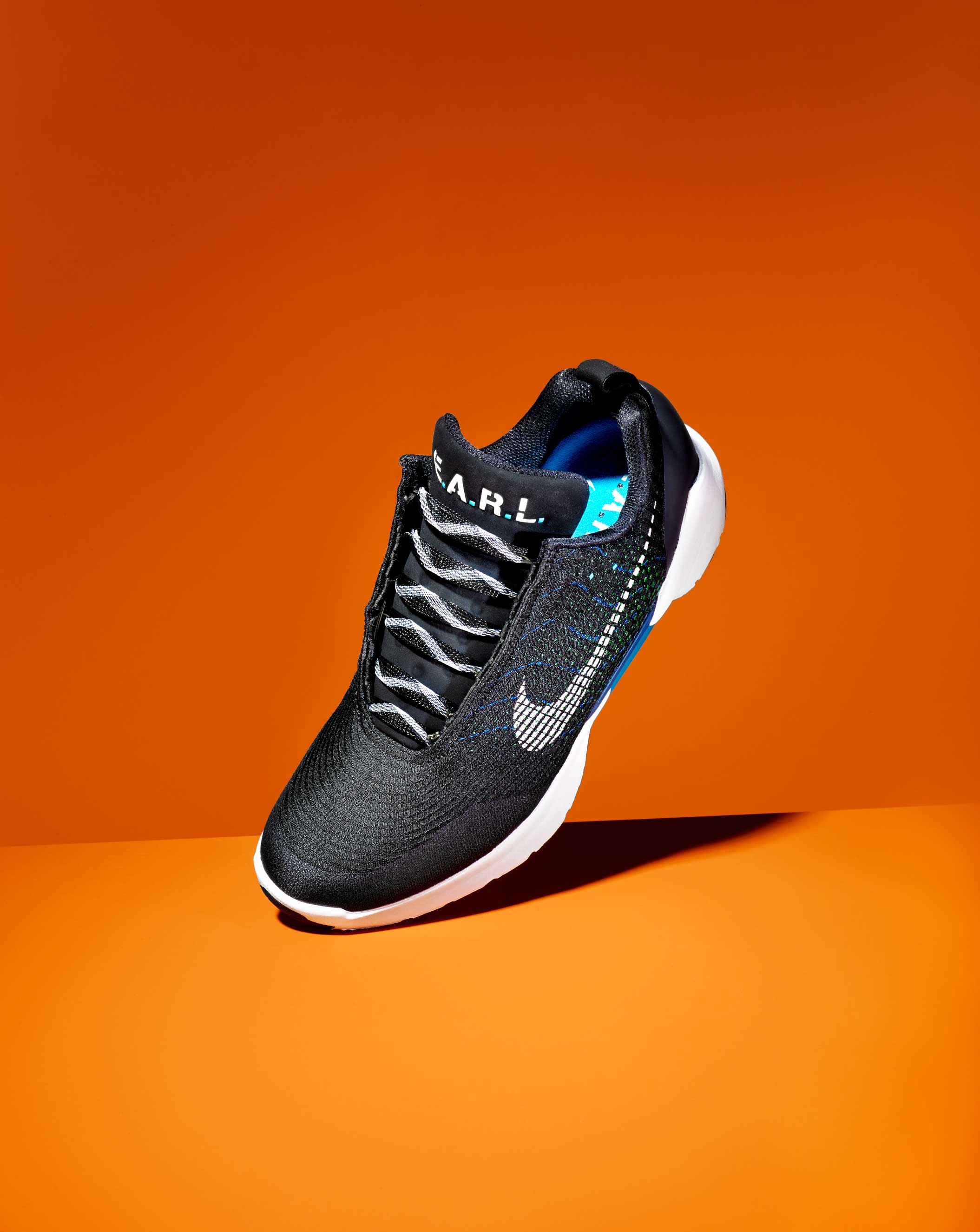
Nike Hyperadapt 1.0 / $720
Almost everyone who sees Back to the Future wants three things: a time-traveling DeLorean, a working hoverboard and a pair of self-lacing shoes. Now, thanks to Nike, the shoe dream is a reality. When wearers press a button near the tongue, the HyperAdapt 1.0s automatically tighten and loosen around their foot. And although this technology may sound frivolous, it’s not just for kicks: simplified shoe fastening could give athletes an edge during competition, and it’s especially useful for people with impaired motor function. “We’re already seeing powerful feedback” from the disabled community, says Tinker Hatfield, Nike’s vice president of design and special projects.
Soccer Fields That Fit Anywhere

The Unusual Football Field / Developed by AP Thailand
The Khlong Toei district in the heart of Bangkok is packed tight with buildings and people—which doesn’t leave much room to build new parks, let alone giant rectangular fields on which kids can play soccer. So real estate firm AP Thailand took a different approach. As part of a recent project, the company used aerial photography to find what developer Pattaraphurit Rungjaturapat calls “untended areas,” or unusually shaped patches of land that weren’t being used. Then it covered them with concrete, paint and antislip materials—all the trimmings of a proper sports venue, without the typical boundaries. Not that locals seem to mind: Rungjaturapat says the first two fields, which opened earlier this year, are packed with kids as soon as school lets out. This December, AP Thailand plans to open a third.
The Headset Leading a Virtual Revolution

In order to access the most cutting-edge virtual reality, people typically have to shell out thousands of dollars—not just for a headset (like the $800 HTC Vive), but for a computer that’s powerful enough to support it. Sony’s PlayStation VR, by contrast, is designed to work with a console that millions of people already own: the PlayStation 4. That’s a boon for gamers in search of what Sony engineer Richard Marks calls “the most intense, most extreme” action, as well as casual consumers, who now have an easier way to experience VR.
Cannabis That Could Replace Pills
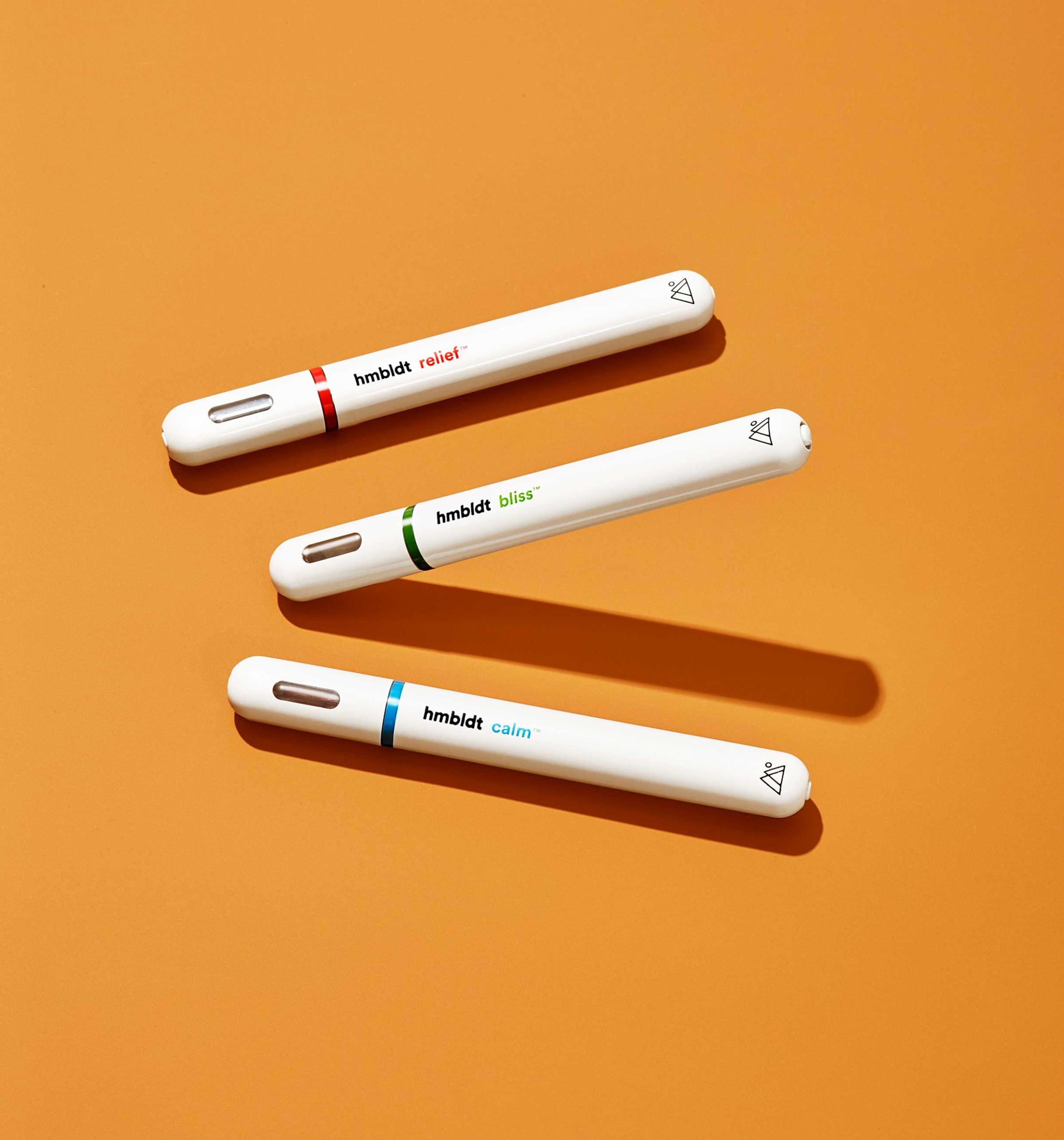
Hmbldt Vape Pens / $100 each
Millions of Americans rely on over-the-counter medicine to treat routine complications such as insomnia and headaches. What if they took hits of pot instead? That’s what California-based Hmbldt is banking on with its new line of vaporizer pens. When inhaled, the pens dispense a dose of cannabis oil that Hmbldt says has been chemically engineered to make people feel a certain way—calm, sleepy, relieved of pain—without getting high. Cannabis-delivery methods like this one haven’t yet been thoroughly vetted by physicians. But as more states legalize medical marijuana, and more studies show that it does have merits, products like Hmbldt’s (now available only in California) could become increasingly commonplace. “This really can help people feel better,” says Jason DeLand, the company’s head of strategy.
(Gifts: The 100 Most Influential Images of All Time)
The Ultimate Alarm Clock
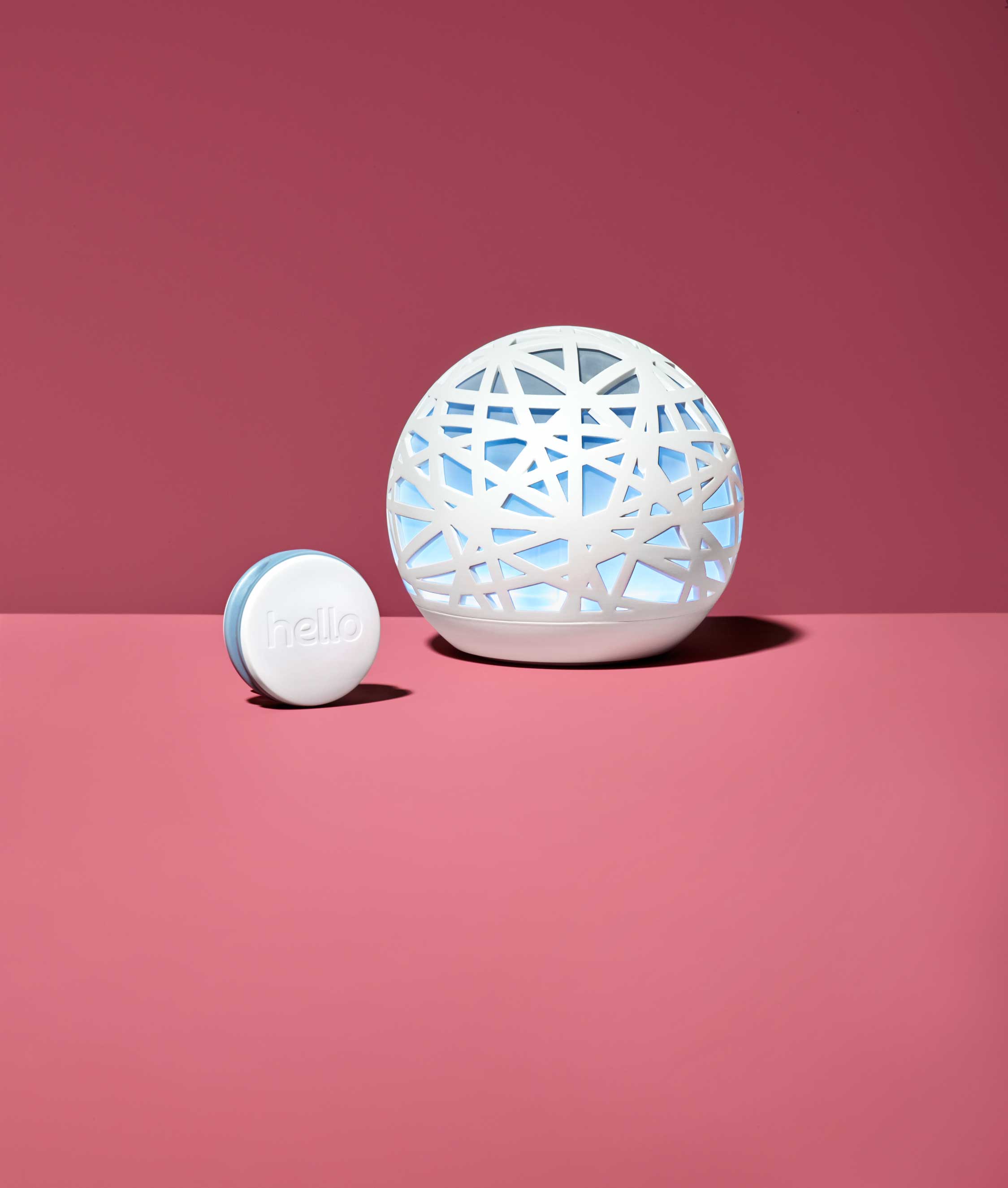
It’s hard to believe that an alarm clock—the cruel, clunky gadget that jolts you awake and ruins your morning—could not only be beautiful but also improve your sleep. That it could gauge the temperature, humidity, light and even air quality in your bedroom to help you engineer a perfect sleep environment. That it could monitor your sleep cycles and wake you when you’re least likely to feel groggy—all thanks to simple voice commands. Indeed, Sense (and its companion pillow sensor) is no ordinary alarm clock. It took hundreds of prototypes to get it right, says James Proud, founder and CEO of Hello, which makes Sense. Early adopters report that using the small glowing orb feels almost as natural as crawling into bed. That was key, says Proud, who adds, “Nobody wants to introduce complexity into their lives, least of all when it comes to sleep.”
Tires That Spin In Every Direction

Eagle 360 / Developed by Goodyear
As companies race to develop self-driving cars, Goodyear is reinventing their wheels. Its spherical concept tire, which debuted in March, allows cars to move in many new directions, including sideways into a parallel parking space and at specific angles and speeds to counteract slippery surfaces. The key, says Sebastien Fontaine, an industrial designer at Goodyear, is magnetic levitation: whereas traditional tires are bolted to cars, the Eagle 360s hover beneath them, free from “the limits of [traditional] steering.” To be sure, these tires won’t hit pavement anytime soon: they’re meant for self-driving cars that are likely at least five years away. In order to shift the status quo, says Fontaine, “we need different companies working with us, together.”
A Sleeker, Smarter Toothbrush
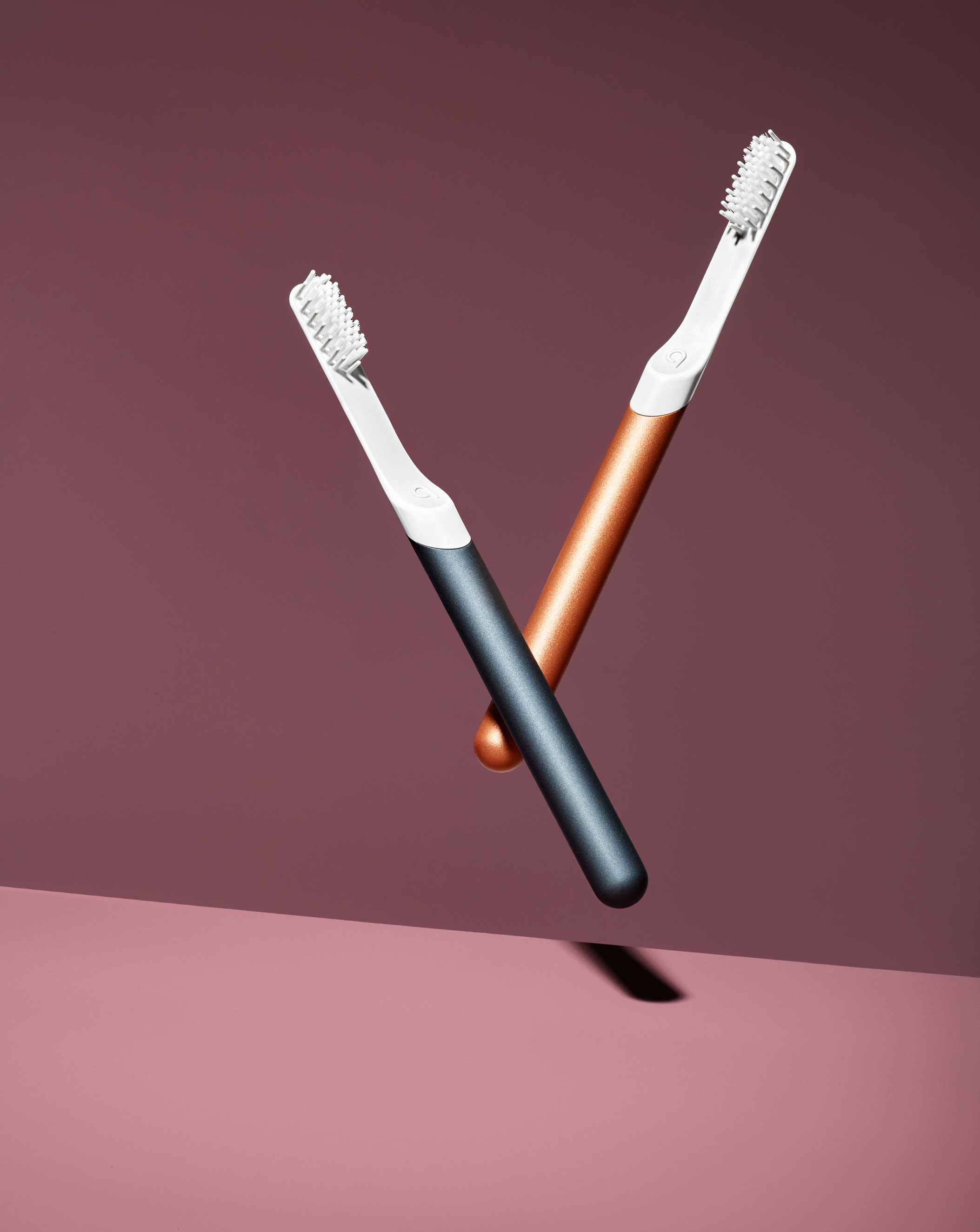
When it comes to dental hygiene, most Americans are slackers: 1 in 2 don’t brush twice a day, and 3 in 4 don’t replace their bristles every three months, no matter how many times they’re warned of the risks (which include cavities and gum disease). “We needed to get people to care a lot more,” says designer Simon Enever. So he and partner Bill May set out to make brushing feel more rewarding. The result is Quip, a simple, affordable, battery-powered toothbrush that works like its counterparts from Oral-B and Sonicare—a two-minute timer vibrates every 30 seconds, reminding users to switch positions—but looks and feels like something you’d find in an Apple store; customers can even opt for a matte metallic finish. “It’s a nicer experience,” says Enever, who adds that he’s already working on his next design challenge: getting you to floss.
Dishes That Work Around Cognitive Decline
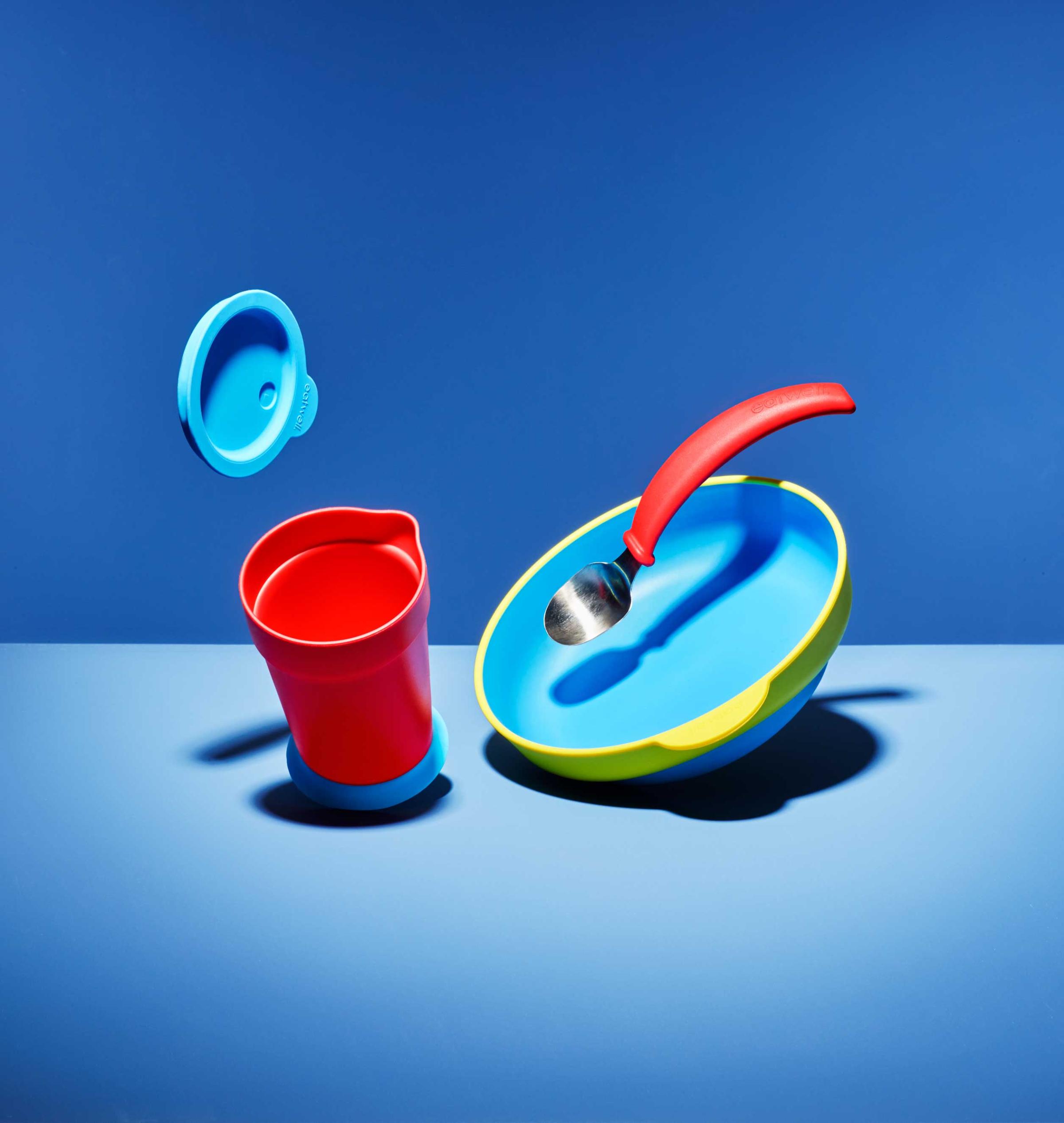
Eatwell Assistive Tableware / $60+
Shop it
After her late grandmother was diagnosed with Alzheimer’s, Sha Yao felt helpless. It was especially frustrating, she recalls, to sit with her during meals while she struggled to perform basic functions, like using silverware without spilling. “There was nothing I could do,” Yao says. Inspired by her grandmother’s plight, Yao created Eatwell Assistive Tableware, a dining set designed to make mealtime easier for people with Alzheimer’s and other diseases that affect brain and body function. (Among the design hacks: using bright colors to help people distinguish their plates from their food and putting wide rubber bases on the cups to prevent spills.) The goal, Yao says, is to “bring back the joy of sharing a meal together.”
The All-Purpose Shelter
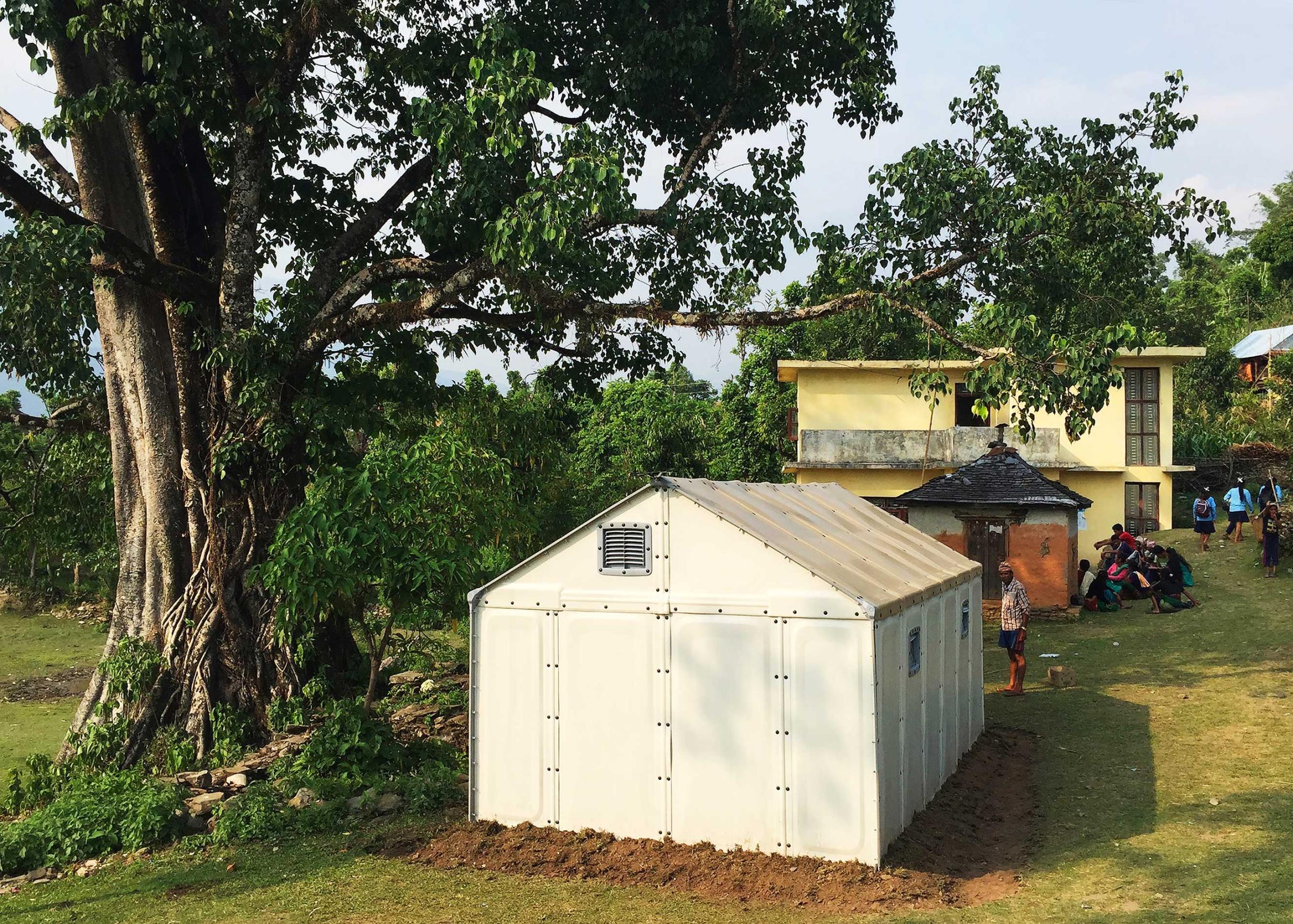
Better Shelter / Co-developed by The Ikea Foundation
Last year, Ikea made headlines when its philanthropic arm, the Ikea Foundation, helped launch Better Shelter, a line of temporary houses—equipped with features like door locks and solar panels—that could be shipped flat and assembled in under four hours, much like the retailer’s popular furniture. But now that the U.N. High Commissioner for Refugees has helped send more than 16,000 of these units all over the world, they’ve taken on a life of their own. Just as DIY experts have found ways to remodel Ikea staples into expensive-looking furniture, refugees and aid agencies are turning Better Shelter structures into hospitals, reception areas and more. In Greece and on its border with Macedonia, the shelters are being linked together and used as early-childhood-development centers; in Djibouti, their walls have been retrofitted with “air conditioners” (plastic bottles cut in half to facilitate air flow). Now designers are trying to revamp the Better Shelters to allow for even more flexibility. After all, says Johan Karlsson, managing director of Better Shelter, “we cannot design a one-for-all shelter.”
Correction: The original version of this story misstated Johan Karlsson’s employer. He is the managing director of Better Shelter.
A Stronger, Softer Hair Dryer
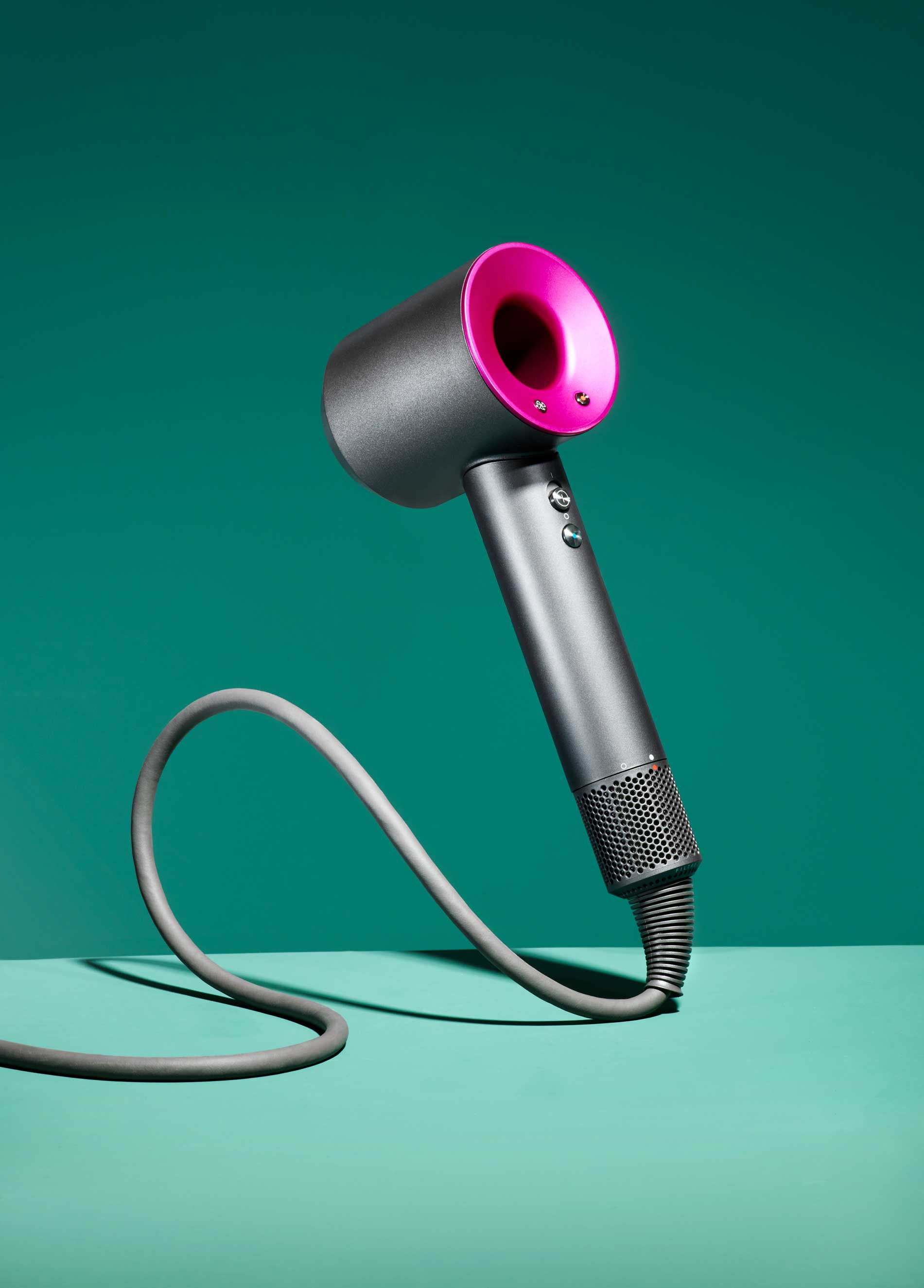
Dyson Supersonic / $399
Shop it
James Dyson has famously streamlined all kinds of air-centric appliances, most notably vacuums and fans. Now he has set his sights on the hair dryer. Unlike traditional models, which Dyson dismisses as “noisy, heavy and not that fast,” the Supersonic does its job with remarkable efficiency. It’s quiet, thanks to a tiny, jet-engine-like motor that reaches 110,000 revolutions per minute (making it ultrasonic and therefore inaudible to the human ear). It’s fast, thanks to a design that multiplies air flow. And it’s consistently gentle, thanks to a sensor mechanism that keeps hot blown air at one of three exact degree settings. This is hair drying as Dyson thinks it should be, even if it comes at a cost. “We never design down to a price,” he says.
Sweet Potatoes That Could Save Lives

The Orange-Fleshed Sweet Potato / Developed by The International Potato Center (CIP) and Harvestplus
In sub-Saharan Africa, vitamin A deficiency afflicts more than 43 million children under age 6, leaving them vulnerable to blindness, malaria and more. It’s inefficient to provide entire countries with pills, so plant scientists from HarvestPlus and the CIP are helping countries grow their own solutions—in the form of sweet potatoes. The key is biofortification, or cross-breeding locally grown sweet potatoes with versions rich in vitamin A, so that over time the crops naturally get better at addressing the deficiency. Plant scientists have also bred them to be more resistant to droughts (as Maria Andrade did in Mozambique) and viruses (as Robert Mwanga did in Uganda). This year, Andrade and Mwanga shared the World Food Prize for their work, alongside agricultural economist Jan Low and HarvestPlus founder Howarth Bouis. Sweet potatoes may once have been seen as “a crop of the poor,” says Low, who’s helping to bring the super-spuds to more countries. Now they’re “a healthy crop for all.”
A Drone With Mass Appeal

In recent years, drones have become smarter flyers, faster racers and better photographers. But for the most part, they’re still too big and bulky to carry around comfortably, which can turn off more-casual consumers. Not so with DJI’s Mavic Pro, which debuted in September; it’s got all the trimmings of a state-of-the-art drone—obstacle-avoidance technology, a 4K camera and the ability to track subjects while flying—but it can also fold down to the size of a loaf of bread, smaller than any of its competitors. Realizing that goal required DJI’s engineering team to “rethink all the aspects” of a typical drone, says Darren Liccardo, who helped lead the project. But ultimately, he adds, the effort paid off: because of its smaller size, the Mavic Pro is more nimble and less prone to accidents—yet another selling point that could attract new users.
The No-Touch Thermometer
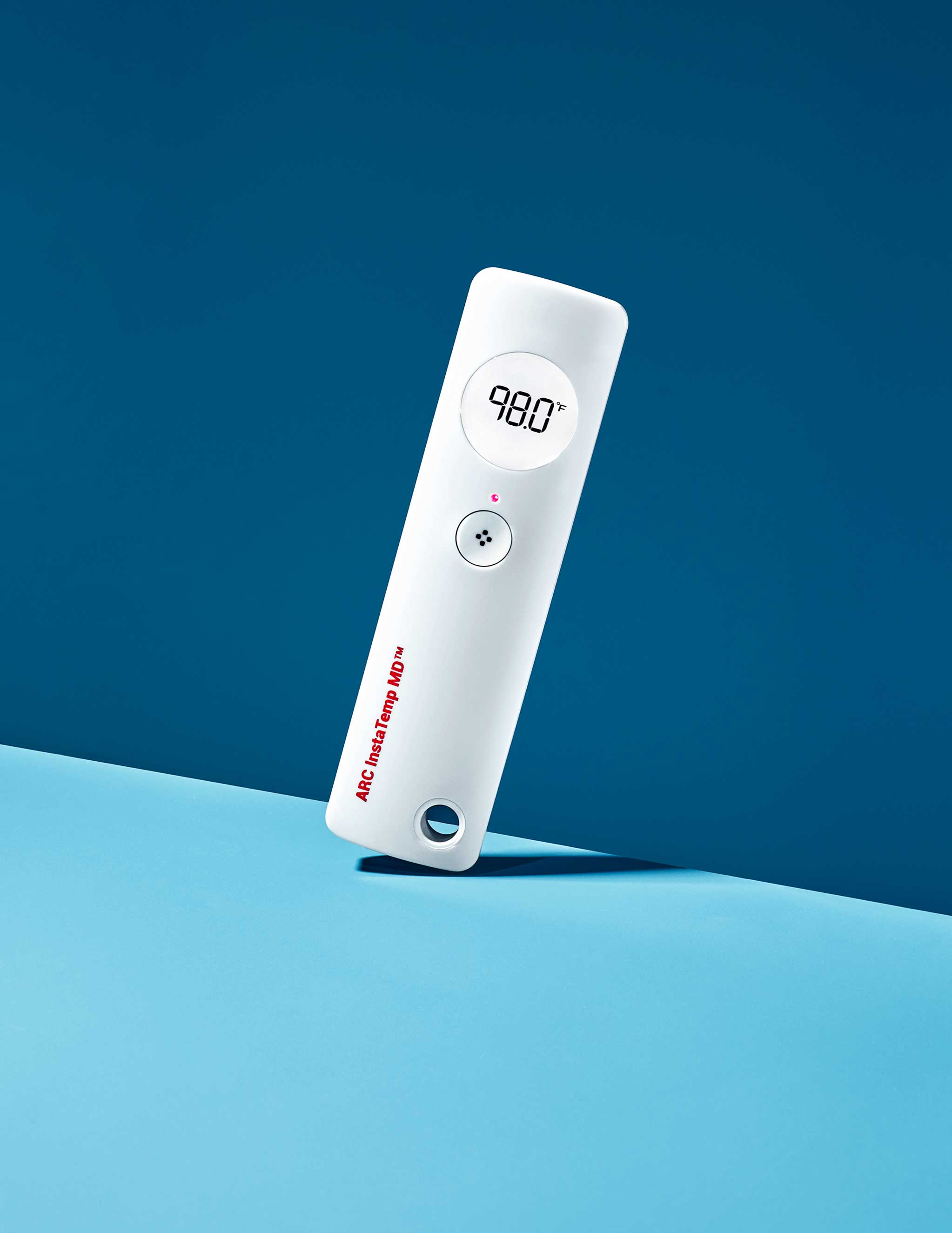
Arc InstaTemp / $40 (for the InstaTemp) and $350 (for the InstaTemp MD)
Shop it
Anyone who has ever had a sick child knows what a hassle it can be to take someone’s temperature using the traditional method—slipping a thermometer under her tongue, getting her to sit still for minutes at a time and hoping that whatever reading you get is accurate. That’s why, in recent years, many brands have started to make no-touch thermometers, which use infrared technology to measure core body temperature quickly and precisely. But one model stands out both for its design and its efficacy: Arc’s InstaTemp (and its more precise, clinical version, InstaTemp MD), which was recently approved by the FDA. Once the device is placed roughly an inch from a patient’s forehead, it spits out a temperature in 2.5 seconds—coded red, yellow or green, depending on the reading. “If you can take a temperature this way, why would you do it any other way?” says Irwin Gross, CEO of Arc, which is marketing the InstaTemp devices to consumers and health care professionals alike. “We think this is the way all temperatures will be taken in the future.”
The Artificial Pancreas

Minimed 670g / Developed by Medtronic
In order for people with diabetes to stay healthy, they must continually check their blood sugar and adjust it with insulin or snacks. Medtronic aims to render this tedious process obsolete with its MiniMed 670G, a.k.a. the “artificial pancreas,” which has been in development for years but was only recently approved by the FDA. (It will be commercially available next year.) Once users attach the iPod-size device to their body, it measures their blood-sugar levels every five minutes, providing more insulin or withholding it as needed. For now, they still need to manually request a dose after they eat. But Medtronic is working on a fully automated version, which Fran Kaufman, chief medical officer of the company’s diabetes group, says she hopes will help the 1.25 million people living with Type 1 diabetes “spend less time managing their disease and more time enjoying life.”
(Gifts: The 100 Most Influential Images of All Time)
China’s ‘Heavenly’ Space Station
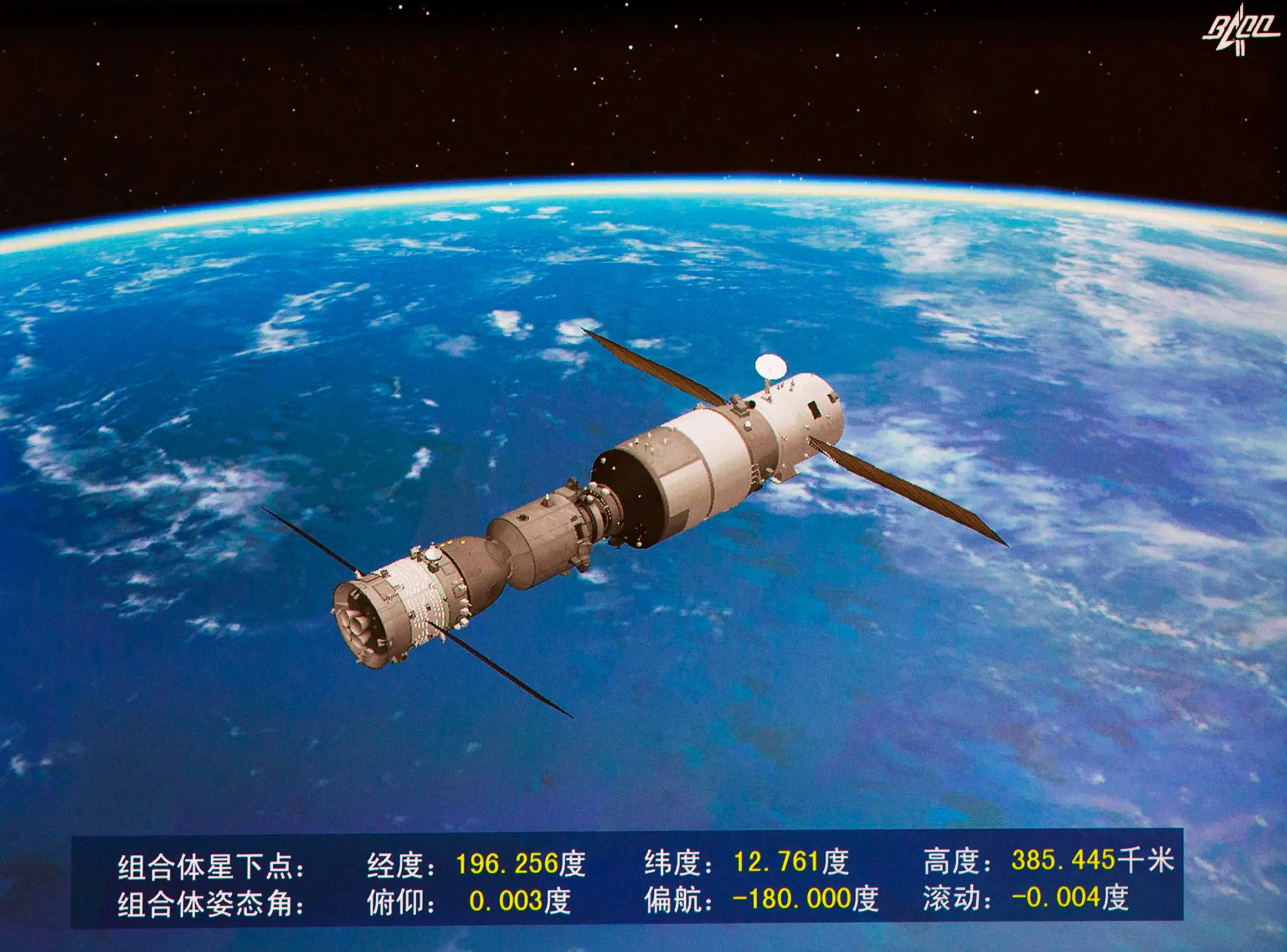
Tiangong-2 / Developed by China’s National Space Agency
When China’s newest astronauts, Jing Haipeng and Chen Dong, arrived in orbit earlier this year, they docked at some impressive digs. Specifically: the orbital laboratory Tiangong-2 (Heavenly Palace 2), which is more than 34 ft. long and nearly 14 ft. wide and includes an exercise area and a medical-experiment bay. Yes, that’s all modest compared with the multimodule International Space Station (ISS), which is roughly the size of a football field, but it’s a remarkable machine all the same. China, after all, built Tiangong-2 on its own, just over a decade after launching its first man into space; the ISS is a collaboration among 15 nations, including space veterans like the U.S. and Russia. China’s next move: launching the core module for a much bigger space station, set to happen sometime in 2018.
A Prosthesis That’s Built To Play
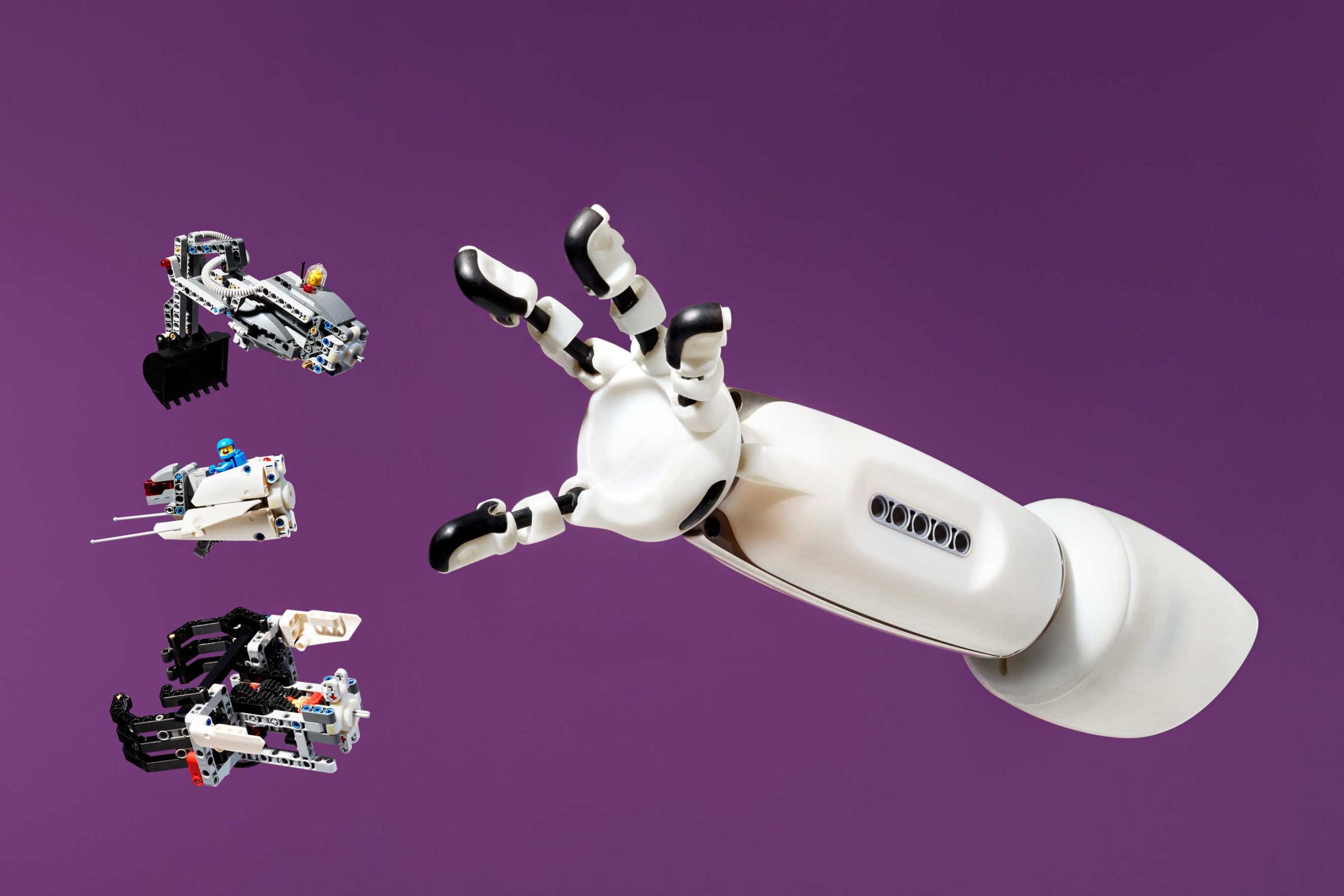
IKO / Developed by Carlos Arturo Torres
By design, most prostheses aren’t fun—they’re built to fill a utilitarian need. And while that’s fine for adults, who need to work, it can be tough on kids, who want to play along with their friends. Enter Iko, a prosthetic arm built by Carlos Arturo Torres to enable children to replace a lost limb with one that could have come from Inspector Gadget. When they need a hand, they have one. But they can replace it with any number of toy-like attachments, all of which are compatible with Lego products. (Torres developed the device while working at Lego’s experimental Future Lab in Denmark.) Torres is still finalizing distribution details, but his larger hope is that Iko will destigmatize disability—like it did for 8-year-old Dario, an early tester. Before the test, one of Dario’s friends told Torres he felt sorry for Dario, because there were things he couldn’t do. That changed after the friend watched Dario use Iko. “I want one too,” he said.
A Crowd-Pleasing Electric Car

Chevrolet Bolt / $40,000
For most buyers, electric vehicles fall into two camps: too expensive (think the $66,000 Tesla Model S) and too limited (the Nissan Leaf gets just 100 miles per charge). General Motors aims to bridge that gap with the Chevrolet Bolt, which touts crowd-pleasing features, like more than 200 miles of driving on a single charge, at a relatively low cost. “This is an opportunity to take electric cars mainstream,” GM engineer Pamela Fletcher says of the Bolt, set to launch in December. One industry analyst estimates that GM could sell as many as 80,000 Bolts next year, which would boost the overall market by almost 67%—a small but significant step toward reducing our collective reliance on planet-warming fossil fuels.
(Gifts: The 100 Most Influential Images of All Time)
A Bracelet That Helps Kids Give Back
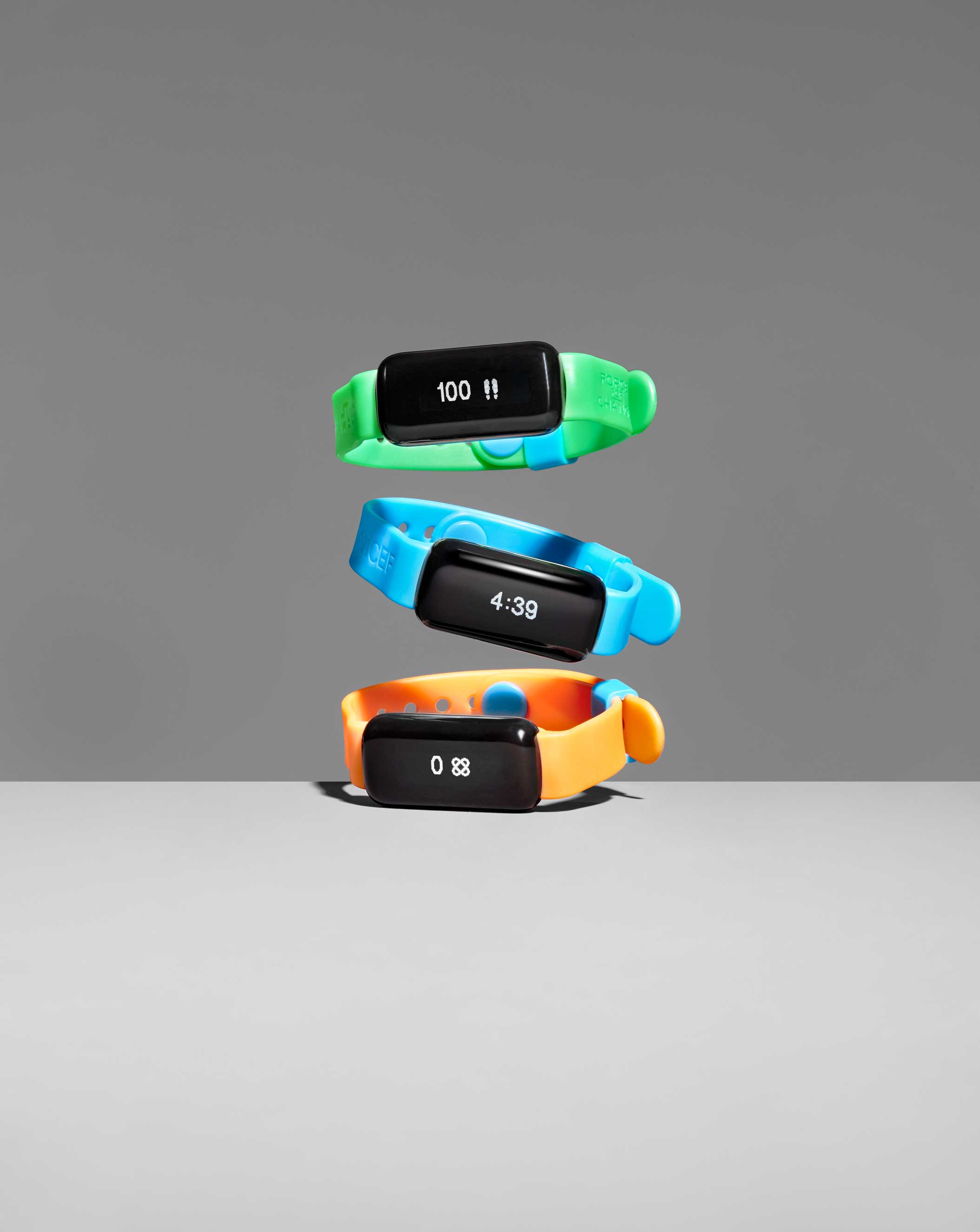
UNICEF Kid Power Band / $40
Shop it
One in four American children doesn’t get enough exercise, and 1 in 4 children globally doesn’t get enough food. UNICEF’s Fitbit-like Kid Power Band, designed by San Francisco-based Ammunition, aims to address both problems at once. Its mobile app encourages kids to be physically active with videos from stars like Pink and Alex Morgan. Once they meet step goals, it awards them points, which translate to real food packages that UNICEF sends to malnourished children all over the globe (funded in part by sales of the device). The band “allows kids to feel like they can change the world,” says Rajesh Anandan, who co-created it. Since Kid Power Band’s soft launch in 2014, participants have collectively walked over 7 million miles to feed more than 30,000 severely malnourished children.
Headphones That Make Wireless Cool

Apple has a history of changing the technological status quo, from digitizing music to making phone screens touch-sensitive. So when the tech titan announced that its iPhone 7 would not have a 3.5-mm headphone jack, which has been standard on most audio gadgets for decades, it also previewed a compelling alternative. Unlike many of their Bluetooth predecessors, Apple’s AirPods not only have microphones (enabling you to control your phone via Siri) but also can detect when they’re in your ears—allowing you to automatically pause music, for example, if you pop one out to have a conversation. But their most convenient feature may be automatically pairing with an iPhone, which eliminates the need to dig through settings menus.
The Speaker That Speaks Back
Amazon Echo / $180
Shop it
Echo may look like a standard Bluetooth speaker, but at its core lies one of modern society’s holy grails: the ability to talk to your tech. This isn’t a new idea; Apple’s Siri and Microsoft’s Cortana have been around for years. But in many ways, Amazon’s version, Alexa, which is embedded in Echo, is more powerful. Since its 2014 launch, Amazon has greatly expanded Alexa’s functionality; it’s now integrated with dozens of third-party apps, enabling you to call a car (via Uber), turn off lights (via Philips Hue bulbs, among others) or even order pizza (via Domino’s). And Amazon appears determined to keep its edge. It recently launched a junior version of the Echo (the $50 Echo Dot), and it’s working to make Alexa even more intuitive. “We don’t want to teach someone how to speak to Alexa,” says Daren Gill, who heads product and customer experience for Alexa. “They should be able to just speak the way they naturally do.”
A Personal Air Purifier
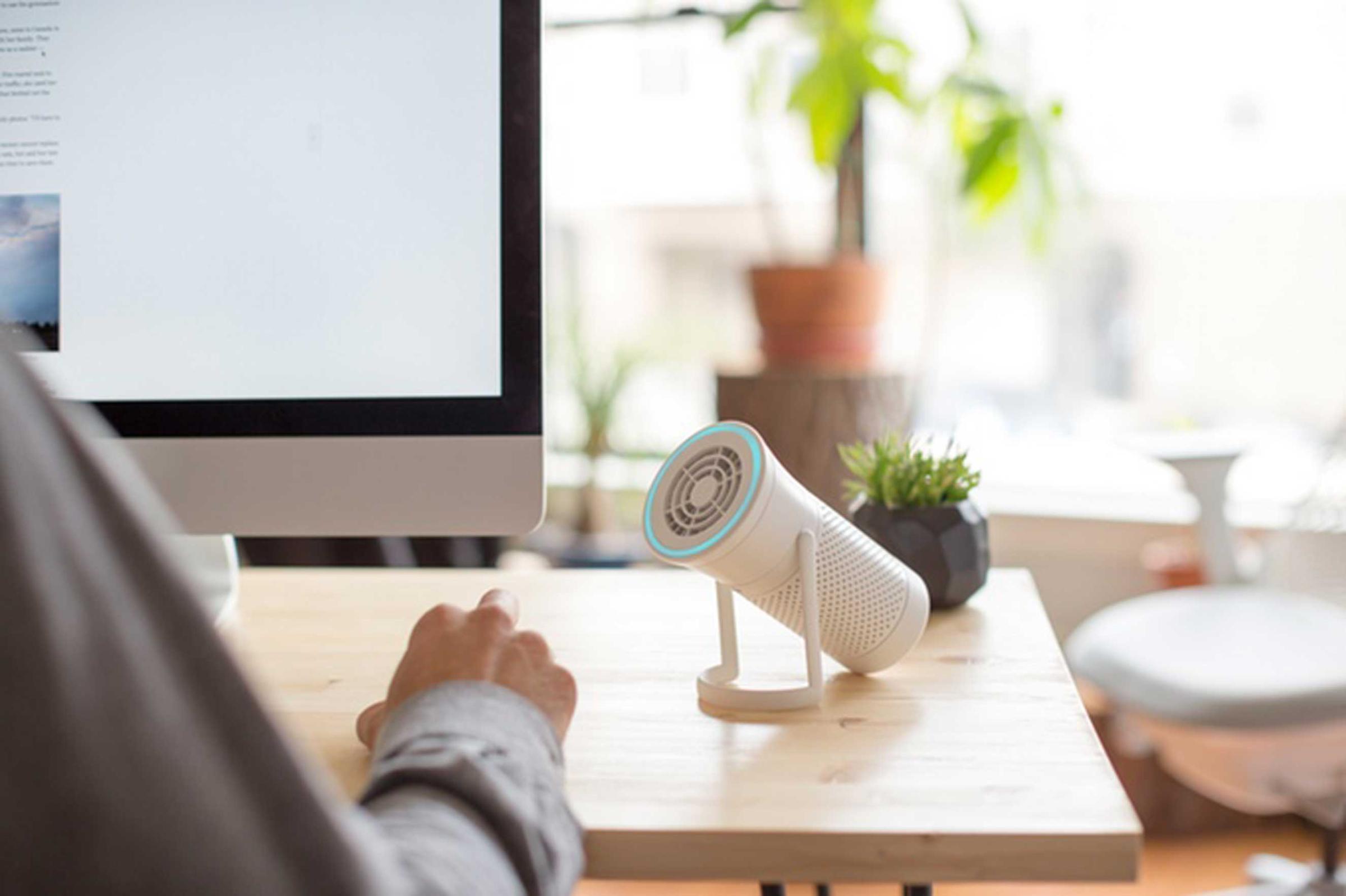
Wynd / $154
No matter where you live and work, you’re breathing in chemicals and pollutants, some more dangerous than others. And while changing that norm will take years, if not decades, of policy work, there are interim solutions. Among them: Wynd, a portable air filter—roughly the size of a water bottle—that creates a clean-climate bubble by sucking up pollutants in your immediate vicinity, including ones that can contribute to cancer and heart disease. “What we breathe matters,” says Ray Wu, creator of Wynd, which raised more than $600,000 on Kickstarter and should be commercially available next year. “We want to enable everyone to enjoy a healthy air environment, no matter where they live or travel.”
Correction: The original version of this story misstated the price of the Wynd personal air purifier, and the name of the company’s founder. It costs $154, and his name is Ray Wu.
Barbies That Look More Like Real Girls
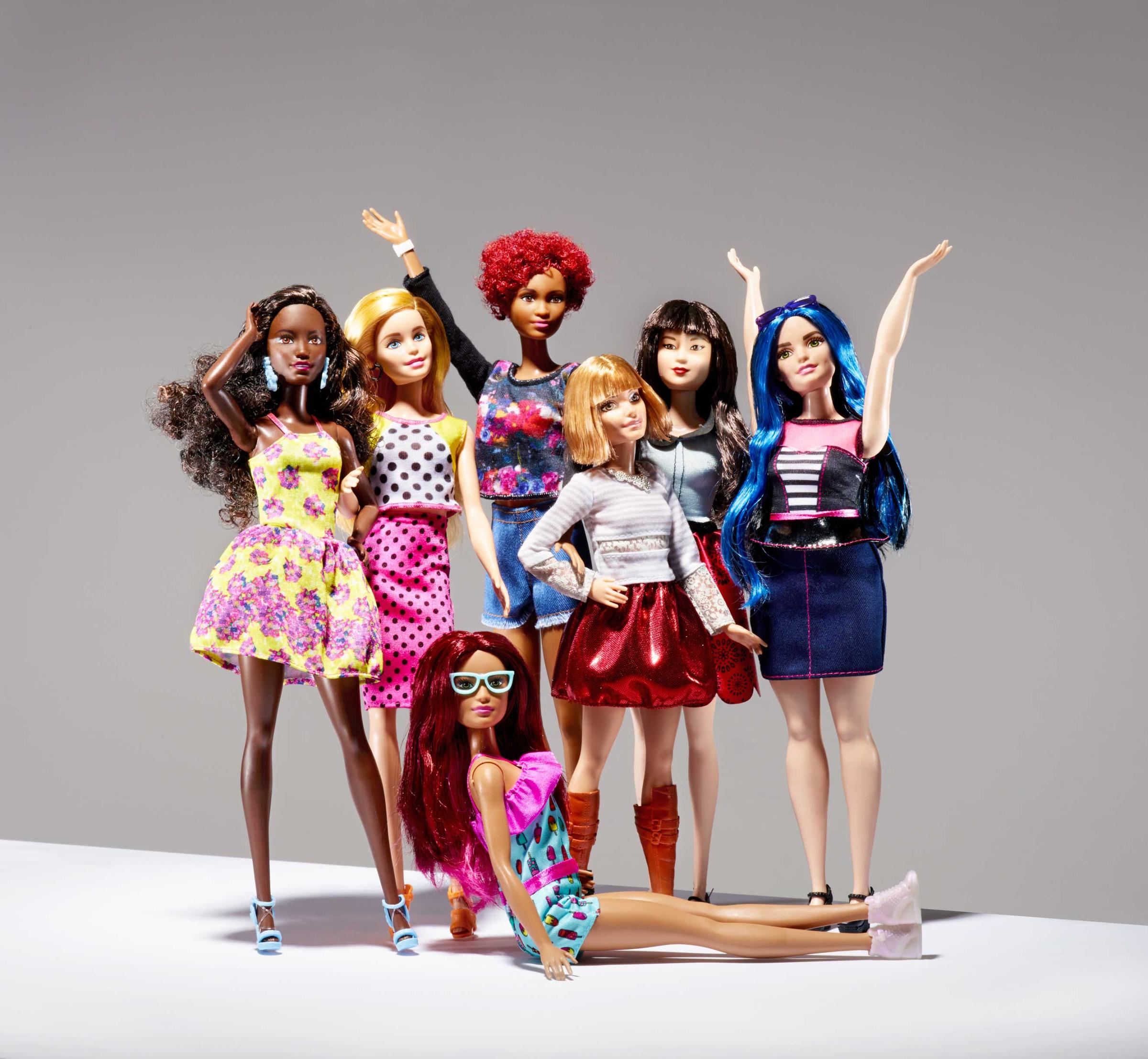
Mattel Barbie dolls / $10 each
Shop it
For 57 years, the world’s most famous doll has been stick-thin, setting an unrealistic—and, studies show, damaging—beauty standard for generations of young women. That all changed in January when Mattel, faced with slumping sales, decided to make Barbie look more like the girls who play with her. Although the original doll still exists, she now has three additional body types (petite, tall and curvy)—a shift that has boosted global sales of the Barbie Fashionista brand by 44%. Of course, society is still a long way from solving its body-image issues; that’s “a heavy burden for [Barbie’s] tiny shoulders,” says Robert Best, a Barbie designer. But the new shapes, along with the new skin tones and hair textures introduced last year, are undeniably a step in the right direction.
Gifts: The 100 Most Influential Images of All Time
We’ve included affiliate links in this article. Click here to learn what those are.
More Must-Reads from TIME
- Why Trump’s Message Worked on Latino Men
- What Trump’s Win Could Mean for Housing
- The 100 Must-Read Books of 2024
- Sleep Doctors Share the 1 Tip That’s Changed Their Lives
- Column: Let’s Bring Back Romance
- What It’s Like to Have Long COVID As a Kid
- FX’s Say Nothing Is the Must-Watch Political Thriller of 2024
- Merle Bombardieri Is Helping People Make the Baby Decision
Contact us at letters@time.com